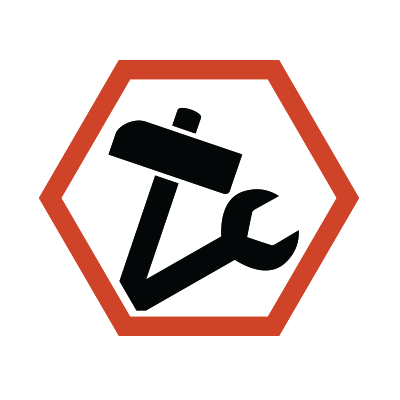Nearly all of us are consuming Earth’s finite resources. Thus, renewable energy is becoming more important than ever for modern households. With climate change and rising energy costs, many eco-conscious homeowners are looking for ways to make their homes more sustainable. One great solution is installing a solar geyser, an energy-efficient and environmentally friendly way to heat your water. If this ingenious innovation interests you, read further, as we will guide you through everything you need to know about installing a solar geyser and how to maintain it efficiently.
Pre-installation Preparation
Assessing Your Home’s Suitability
Before installing a solar geyser, it’s essential to determine if your home is suitable for one. Start by evaluating your roof space and orientation. Ideally, your roof should have adequate space for solar panels and face north (in the Northern Hemisphere) or south (in the Southern Hemisphere) to maximize sunlight exposure. Additionally, ensure there are no obstructions like trees or buildings casting shadows on your roof.
Understanding the Installation Process
It’s crucial to have a clear understanding of the installation process before you begin. Installing solar geysers involves several steps, from positioning the geyser and solar panels to connecting the entire system. Familiarize yourself with each stage to ensure a smooth installation. You may also want to consult with a professional installer for guidance and support.
Gathering Necessary Tools and Materials
To install your solar geyser, you’ll need several tools and materials. These include solar panels, mounting brackets, a storage tank, pipes, connectors, insulation, and a circulation pump. Additionally, gather essential tools such as a drill, wrench, screwdriver, and pliers. Having everything on hand before you start will make the process more efficient and reduce interruptions.
Step-by-Step Installation Guide
Positioning the Geyser and Solar Panels
Begin by positioning the solar geyser and solar panels on your roof. Choose a location that receives maximum sunlight throughout the day. Use mounting brackets to secure the solar panels in place, ensuring they are angled correctly for optimal solar exposure. The geyser tank should be positioned close to the solar panels to minimize heat loss during water transfer.
Connecting the Solar Panels
Once the panels are in place, connect them to the geyser tank using appropriate pipes and connectors. Ensure all connections are secure and leak-free. This step involves connecting the cold water inlet and the hot water outlet to the tank. Use insulation to wrap the pipes, reducing heat loss and improving the system’s efficiency.
Setting Up the Circulation System
Next, set up the circulation system to ensure efficient water flow between the solar panels and the geyser tank. Install a circulation pump to facilitate the movement of water. This pump will help maintain a constant flow, ensuring the water is heated evenly. Ensure the pump is connected correctly and test the system to ensure it functions properly.
Testing the System
After completing the installation, it’s essential to test the system thoroughly. Turn on the water supply and check for any leaks or loose connections. Ensure the circulation pump works correctly and the water flows smoothly between the solar panels and the geyser tank. Monitor the water temperature to confirm the system is heating effectively.
Post-Installation Maintenance
Regular Inspections
Regular inspections are crucial to keep your solar geyser system running smoothly. Check for any leaks, corrosion, or damage to the pipes, connectors, and solar panels. Inspect the insulation to ensure it’s intact and provides adequate protection. Address any issues promptly to prevent more significant problems down the line.
Cleaning the Solar Panels
Solar panels can accumulate dirt and debris over time, reducing their efficiency. Clean the panels regularly using a soft cloth and mild detergent. Avoid using abrasive materials that could scratch the surface. Keeping the panels clean will ensure they absorb maximum sunlight, maintaining the system’s efficiency.
Scheduling Professional Maintenance
While regular inspections and cleaning are essential, scheduling professional maintenance is equally important. A professional installer can identify potential issues that might not be visible to the untrained eye. They can also perform more comprehensive checks and maintenance tasks, ensuring your system operates at peak performance.

Installing a solar geyser is a fantastic way for eco-conscious homeowners to save money, reduce their environmental impact, and increase their property’s value. By following the steps outlined in this guide, you can successfully install and maintain your solar geyser, reaping the benefits for years to come.







Leave a Reply